
The Best Lead Generation Tools for 2025

Finding the right lead generation tools can significantly impact your sales pipeline. As more businesses compete for attention online, the need for tools that streamline prospecting and improve lead quality is more important than ever. However, not every tool suits every business. With so many options available, it’s essential to choose solutions that align with your goals and help you focus on leads that are more likely to convert. This guide highlights the best lead generation tools for 2025, organized by category and purpose, so you can choose what works best for your growth strategy.
TL;DR
- Choosing the right tools matters: The right lead-gen tools can directly improve sales outcomes by helping you capture, engage, and convert quality leads.
- Tools fall into key categories:
- Contact Capture: Typeform, OptinMonster, HubSpot Forms
- Email Outreach: Mailchimp, ActiveCampaign, Lemlist
- Lead Management: HubSpot Sales Hub, Salesforce, Zoho CRM
- Social Media Engagement: Hootsuite, Brandwatch, YouScan
- Analytics & Reporting: Leadfeeder, Apollo.io, Clay
- Each tool has its strengths: Some are better for forms and pop-ups, others for nurturing or tracking. Choose based on your goals, not popularity.
- Don’t rely on tools alone: Tools don’t close deals, your strategy and execution do. That’s where TLM steps in, combining smart strategy with the right tools to drive meaningful lead generation.
- TLM offers a complete lead-gen engine:
- Qualified lead delivery
- Appointment scheduling
- Personalized outreach campaigns
- Targeted and account-based campaigns
- Clean, verified lead data
- Want results without managing 5 tools and 3 platforms?
TLM brings strategy + execution under one roof to deliver sales-ready leads that convert.
What are the Key Categories of Lead Generation Tools?

Lead generation works best when the right tools are used for the right tasks. Most businesses rely on a mix of platforms to handle different parts of the process, from capturing contact details to nurturing qualified leads. Below are six key categories of tools that form the foundation of any effective lead generation setup:
- Contact Capture Tools: These include form builders and landing page creators that help you gather visitor information directly from your website or campaigns.
- Email Outreach and Marketing Tools: Designed to automate and personalize emails, these tools let you reach prospects at scale while tracking responses.
- CRM and Lead Management: These organize, score, and track leads, keeping all data in one place so you can prioritize follow-ups without losing details.
- Social Media Tools: They help you identify and engage potential leads through platforms like LinkedIn or Facebook, often using targeted search and messaging.
- Automation: Automation saves you time by handling repetitive tasks like sending follow-up emails, updating lead status, or scheduling appointments. You can set rules that move leads through your pipeline smoothly, freeing you to focus on the conversations that matter most.
- Analytics and Reporting: These tools give you insights into how well your lead generation efforts perform, showing which channels and tactics bring the best results.
Individually, these tools handle specific tasks well. But they’re far more effective when integrated into a structured lead generation system that captures accurate data, routes it efficiently, and triggers timely outreach.
If you’re looking to build a structured and consistent lead generation system, The Lead Market (TLM) can help. Our expertise lies in identifying high-potential prospects, crafting targeted outreach strategies, and driving qualified leads into your pipeline. With a focus on precision, relevance, and results, TLM helps turn raw prospect data into real conversations that lead to revenue.
Also Read: Lead Generation: Proven Strategies and Expert Tips to Boost Your Sales
Top 3 Lead Generation Tools for Contact Capture
When your goal is to capture contact information smoothly and reliably, selecting the right tool is important. These top options provide a range of features to fit different needs, from simple form building to advanced landing pages and behavior-driven pop-ups.
1. Typeform
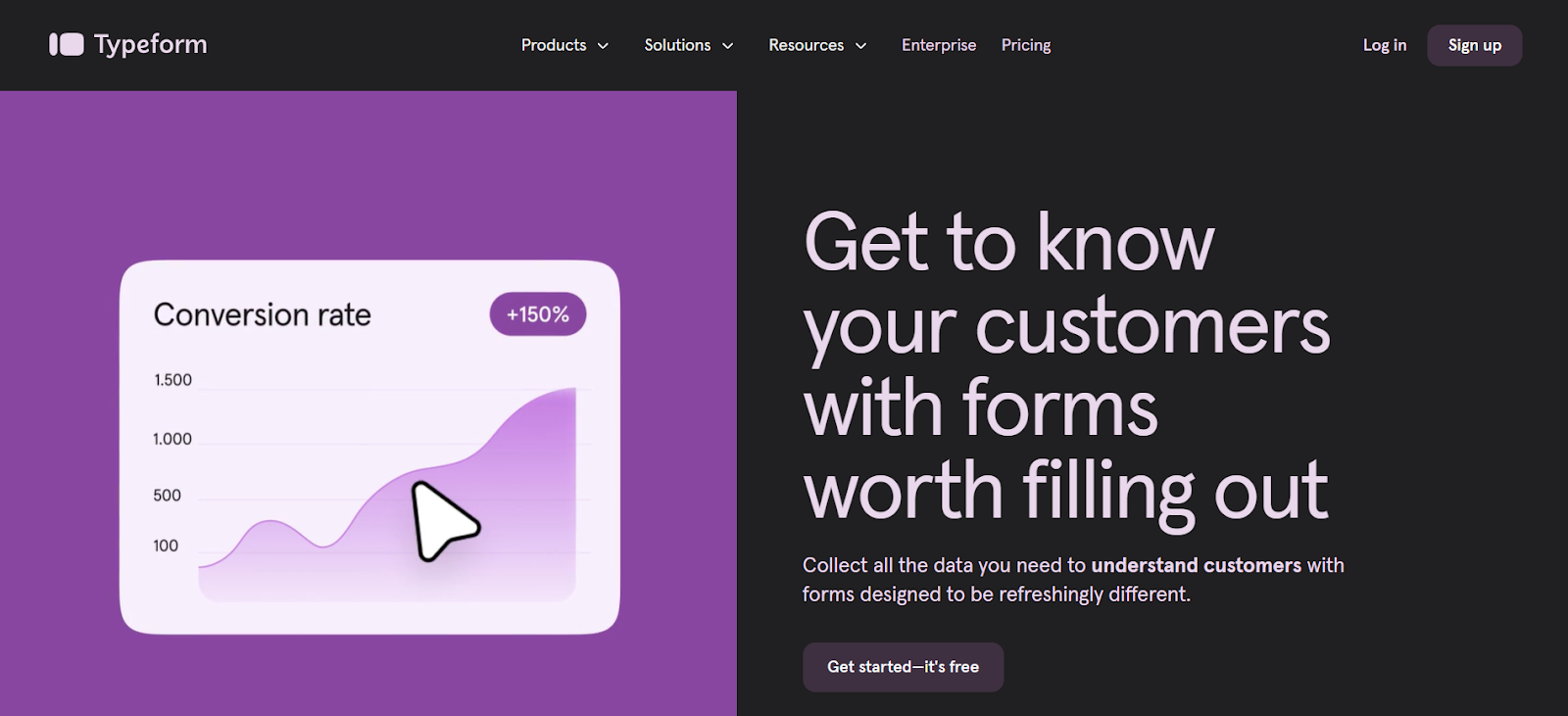
- G2 Rating: 4.5/5
- Price: Free plan available; paid plans start at $29/month
Typeform is designed to make data collection feel more like a conversation than a chore. It's one-question-at-a-time format keeps users engaged, while custom logic paths personalize the experience based on responses. With flexible branding options, built-in lead qualification features, and seamless integrations with CRMs and marketing tools, it’s a smart choice for capturing and segmenting leads efficiently.
2. OptinMonster
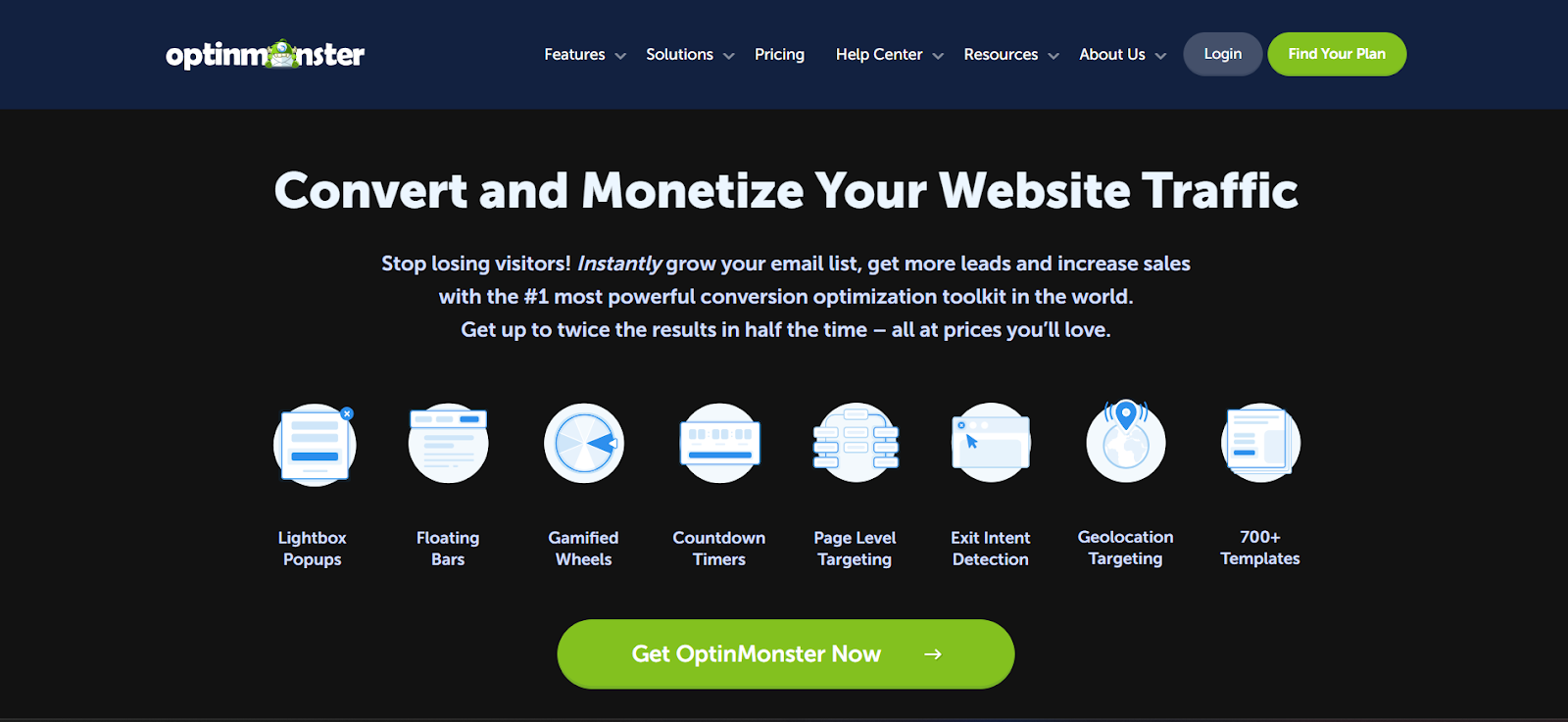
- G2 Rating: 4.4/5
- Price: Starting at $84/year
OptinMonster helps capture leads through behavior-based pop-ups, slide-ins, and other onsite forms. It's targeting triggers, like time on page, scroll depth, or exit intent, that let you engage visitors right before they leave. With multiple form formats, advanced targeting options, and exit-intent technology, it enables timely, personalized lead capture without disrupting the user experience.
3. HubSpot Forms
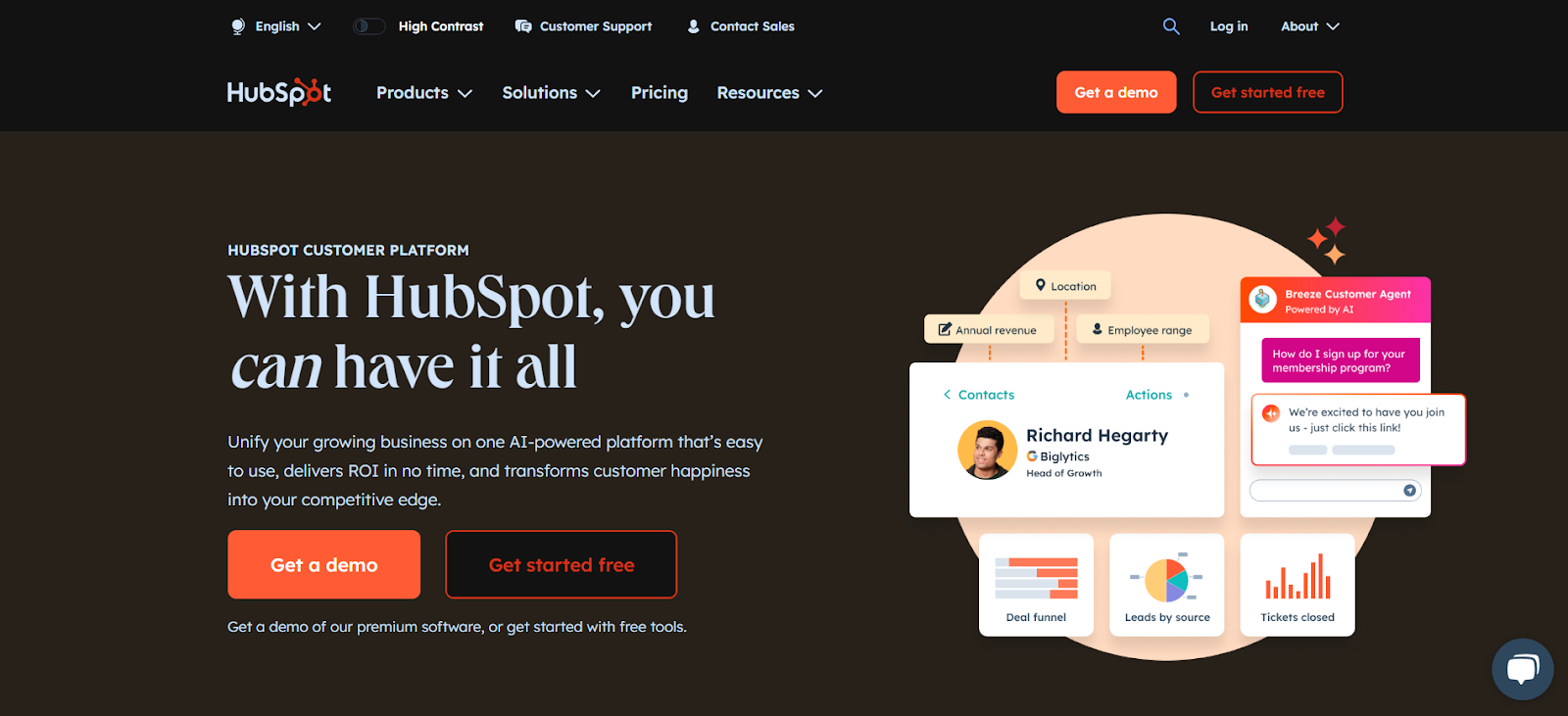
- G2 Rating: 4.5/5
- Price: Free plan available; paid marketing plans start at $20/month
HubSpot makes form building simple, but its real strength lies in what happens after submission. Every response syncs with the built-in CRM, giving you a complete view of each contact’s journey, site activity, past emails, and more. You can customize forms with a drag-and-drop editor, use progressive profiling to learn more over time, and tie everything into automated workflows for follow-ups, scoring, and sales handoff.
Engaging with your leads through email requires reliable platforms. Let’s look at the best tools for reaching and nurturing contacts.
Recommended: The Art of Selecting a B2B Lead Generation Vendor: Quality Over Quantity
Top 3 Lead Generation Tools for Email Outreach and Marketing
Below are the best email outreach options that stand out for their ease of use, automation features, and deliverability rates.
1. Mailchimp
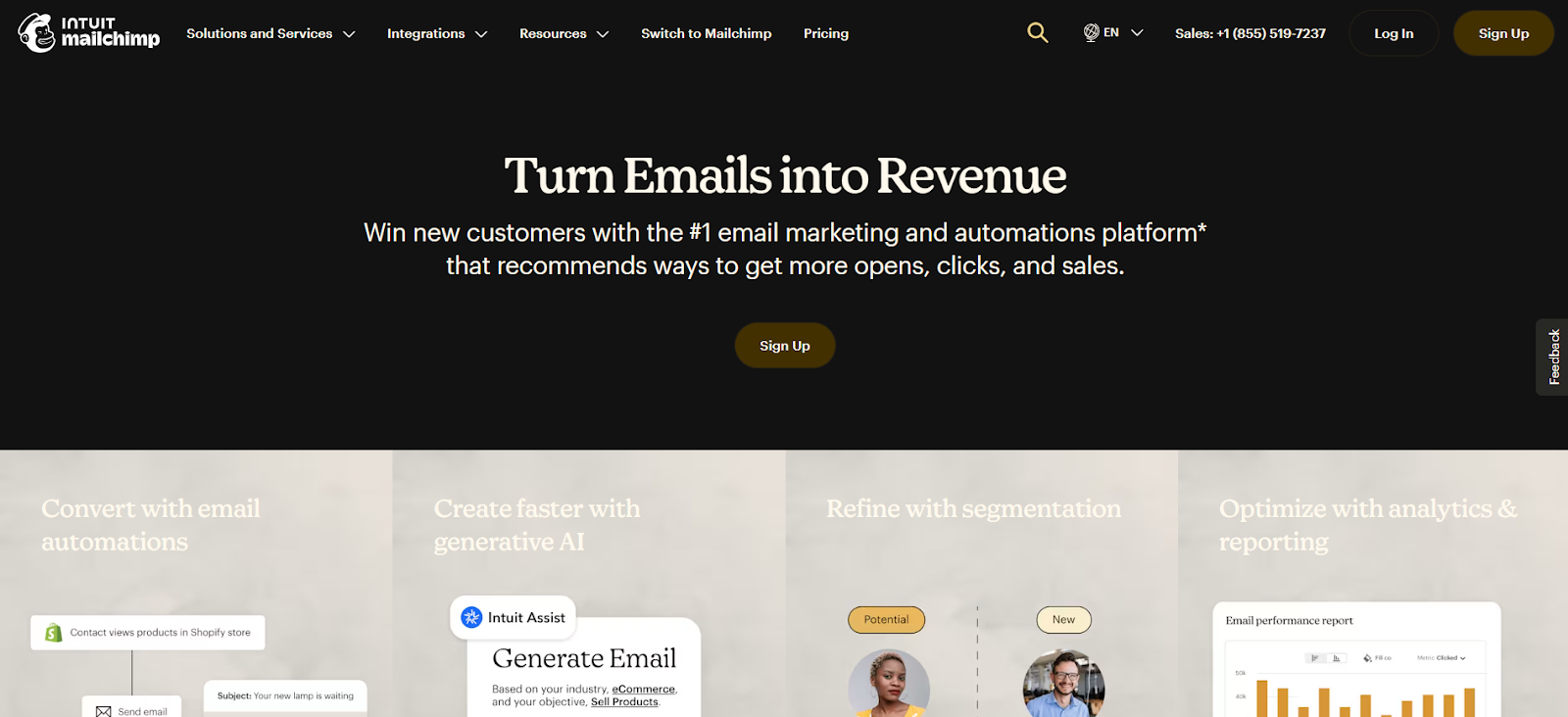
- G2 Rating: 4.3/5
- Price: Free plan available; paid plans start at $13/month
Mailchimp is a user-friendly email marketing tool designed for both beginners and experienced marketers. It lets you create and schedule campaigns, segment your audience, and personalize content with ease. No coding is required, and its clean interface makes campaign setup fast. Built-in analytics provide insights on open rates, clicks, and subscriber behavior to help optimize performance over time. It’s a solid option for managing email outreach efficiently.
2. ActiveCampaign
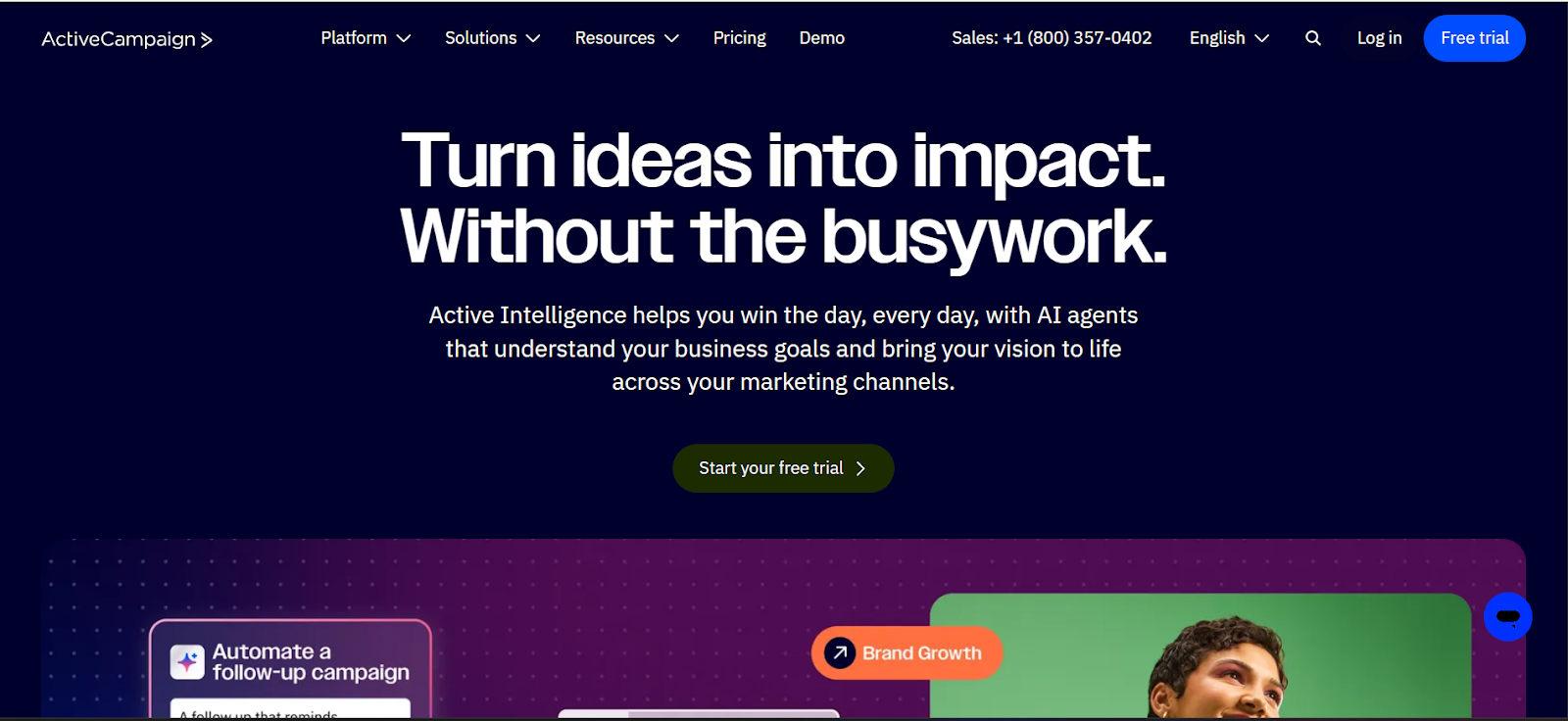
- G2 Rating: 4.5/5
- Price: Plans begin at $15/month
ActiveCampaign brings together email marketing and CRM, making it easy to automate follow-ups based on customer behavior. You can trigger emails from specific actions like site visits, purchases, or form submissions, and build detailed workflows tailored to each lead. Its lead scoring system helps prioritize high-potential contacts, while dynamic segmentation ensures messages stay relevant. With built-in sales pipeline tracking and detailed reports, it supports both marketing and sales teams in managing the full customer journey.
3. Lemlist

- G2 Rating: 4.5/5
- Price: Plans start at $55/month
Lemlist is built for personalized cold email outreach that feels one-to-one, not one-to-many. It lets you tailor emails using dynamic variables like name or job title and automates follow-ups based on how recipients interact. You can warm up new email addresses to boost deliverability and monitor performance through detailed campaign analytics. Lemlist also supports multichannel flows by combining email with LinkedIn and phone steps, making your outreach more complete. Teams can collaborate easily with shared templates and tracking tools.
Need more leads? Check our blog, Top 8 Strategies for Successful Targeted Lead Generation.
Top 3 Lead Generation Tools for CRM and Lead Management
Below are CRM and lead management tools designed to streamline your workflow. They offer features that help you track, nurture, and convert leads.
1. HubSpot Sales Hub
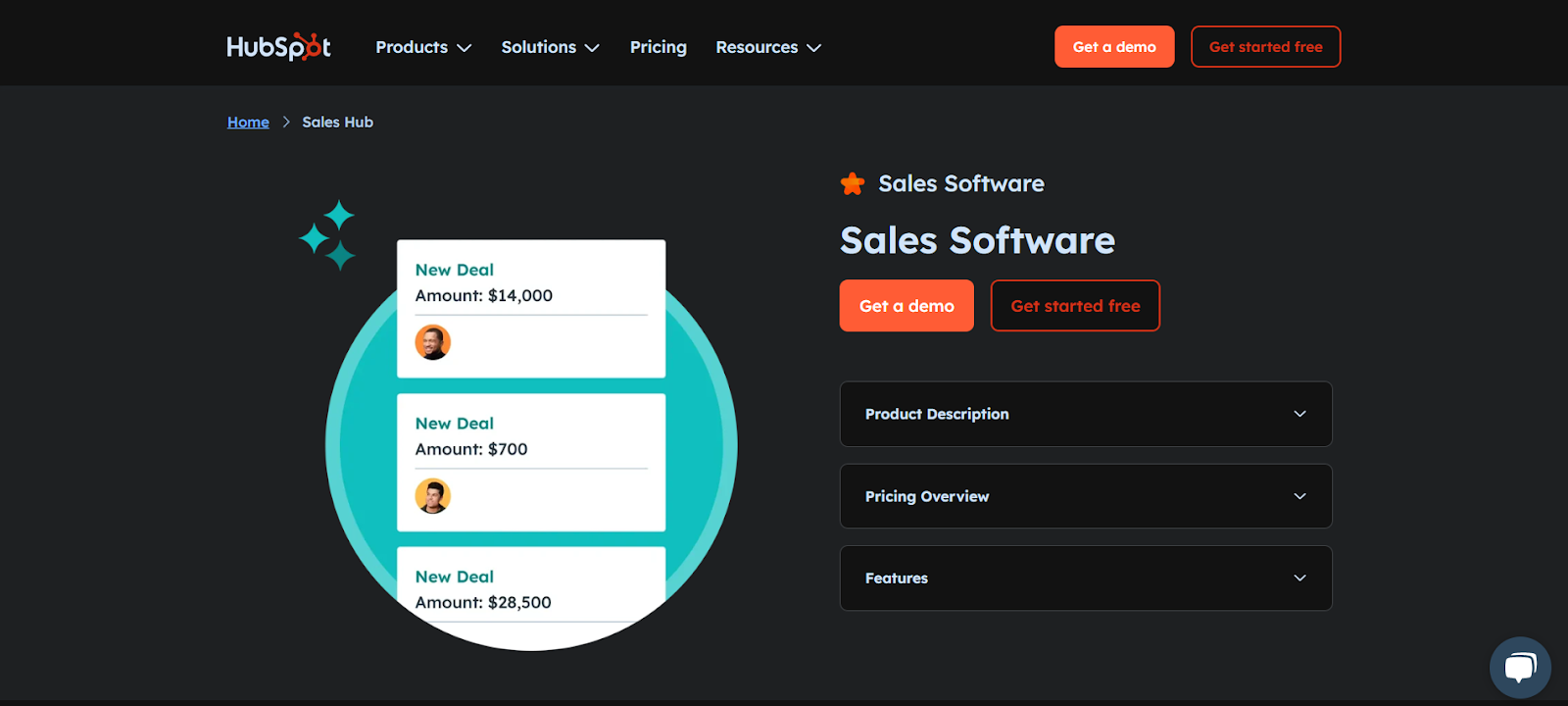
- G2 Rating: 4.4/5
- Price: Free plan available; paid plans start at $20/month
HubSpot Sales Hub centralizes lead capture, tracking, and pipeline management in one platform. It offers tools like forms and chatbots, real-time email tracking, and automation features that streamline follow-ups and task management. Sales teams can monitor deals through visual dashboards, while CRM integration ensures all interactions are tracked. Built-in analytics help optimize performance at every stage.
2. Salesforce Sales Cloud

- G2 Rating: 4.4/5
- Price: Starts at $25/user/month
Salesforce Sales Cloud supports complex sales processes with tools that adapt to different industries and workflows. It simplifies lead tracking and opportunity management while offering AI-powered recommendations through Salesforce Einstein. Teams benefit from real-time forecasting, automated workflows, and seamless integration with popular business tools, all within a single, scalable CRM environment.
3. Zoho CRM
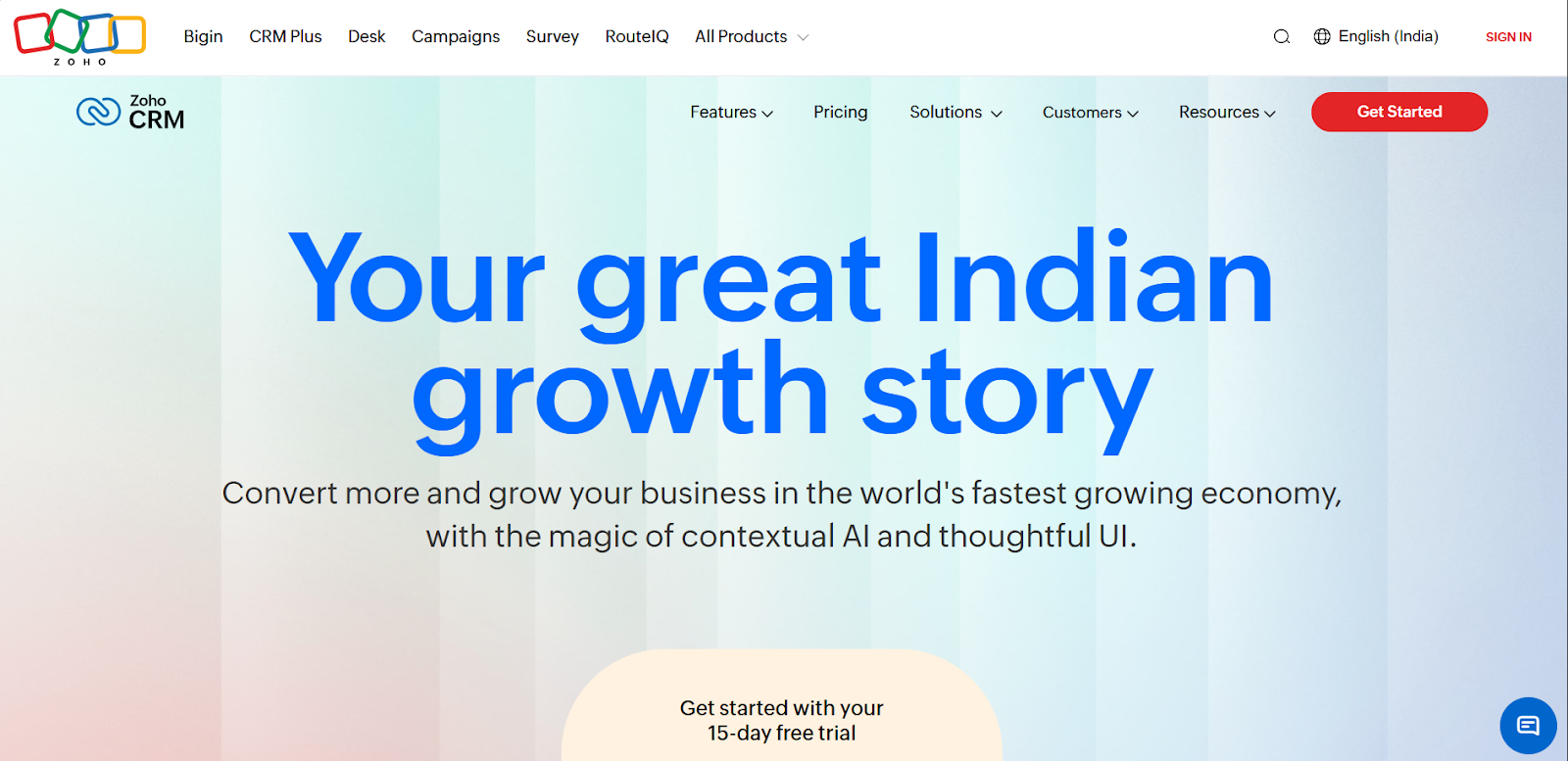
- G2 Rating: 4.1/5
- Price: Starts at $23/user/month
Zoho CRM is a budget-friendly option for managing leads, with tools that support both automation and customization. It helps you capture leads from multiple channels, automate follow-ups, and track performance through visual reports. Built-in scoring features help you focus on high-potential contacts, while native integration with the broader Zoho ecosystem keeps everything connected. You can also tailor modules and workflows to suit your team’s unique sales process.
Top 3 Lead Generation Tools for Social Media
Social media platforms offer direct access to potential customers. Below are some tools you can implement.
1. Hootsuite
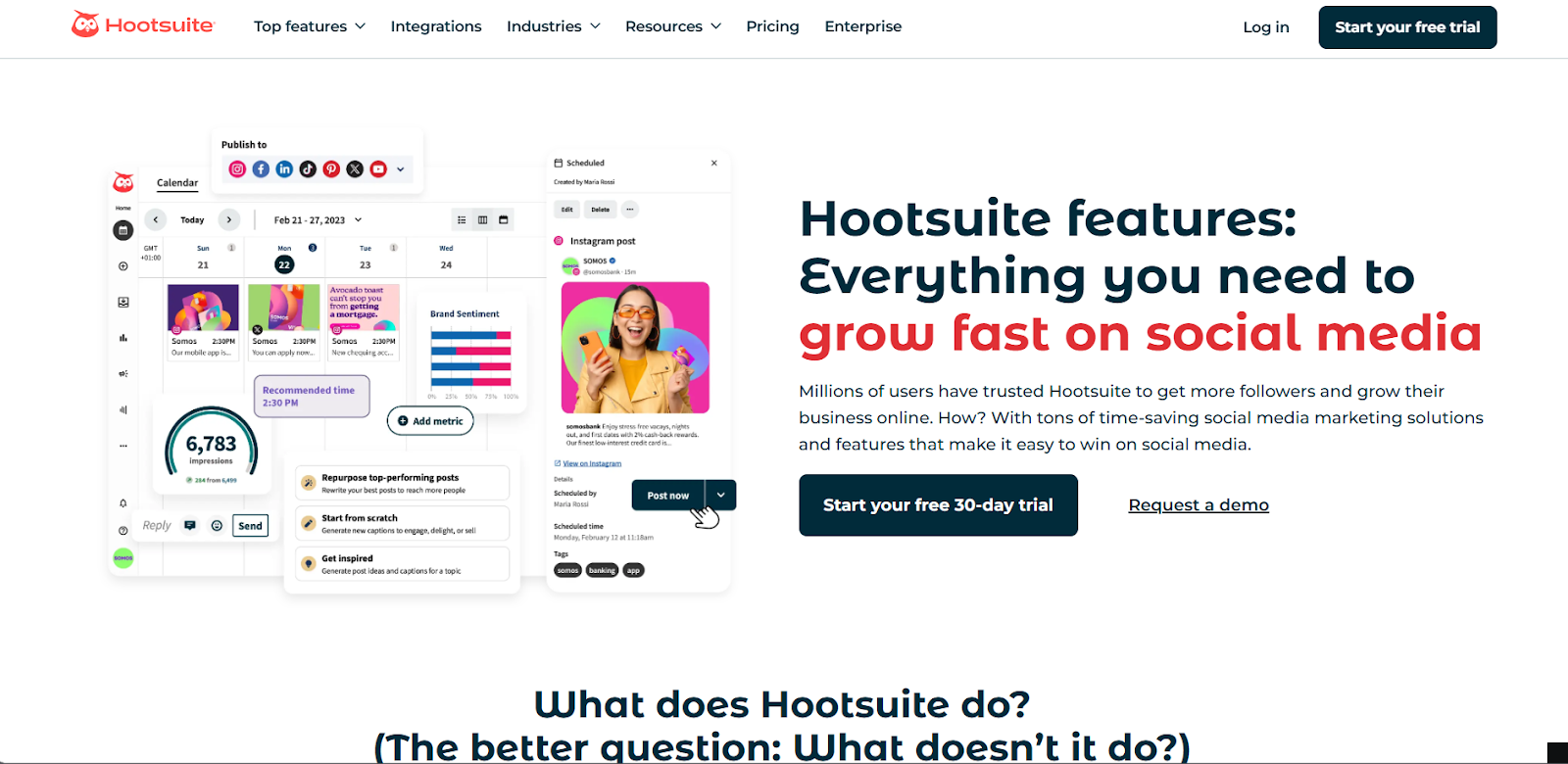
- G2 Rating: 4.2/5
- Price: Plans start at $99/month
Hootsuite centralizes social media activity, making it easier to manage multiple accounts from one dashboard. You can schedule posts in advance, monitor conversations and keywords to identify leads, and track real-time engagement like comments and shares. Its social listening tools help you stay on top of what your audience cares about, while performance analytics break down which content is working best. These features support smarter, more targeted outreach without constant manual effort.
2. Brandwatch

- G2 Rating: 4.4/5
- Price: Custom pricing available
Brandwatch helps you monitor your brand’s online presence and understand how people feel about it. It tracks real-time mentions across social platforms and websites, giving you a clear picture of public sentiment. The platform also highlights trending topics and audience behaviors so that you can adjust your messaging or strategy quickly. You can even monitor competitors to benchmark your performance and spot opportunities. It’s especially useful for brands that want deeper insights into what their audience is saying and why.
3. YouScan
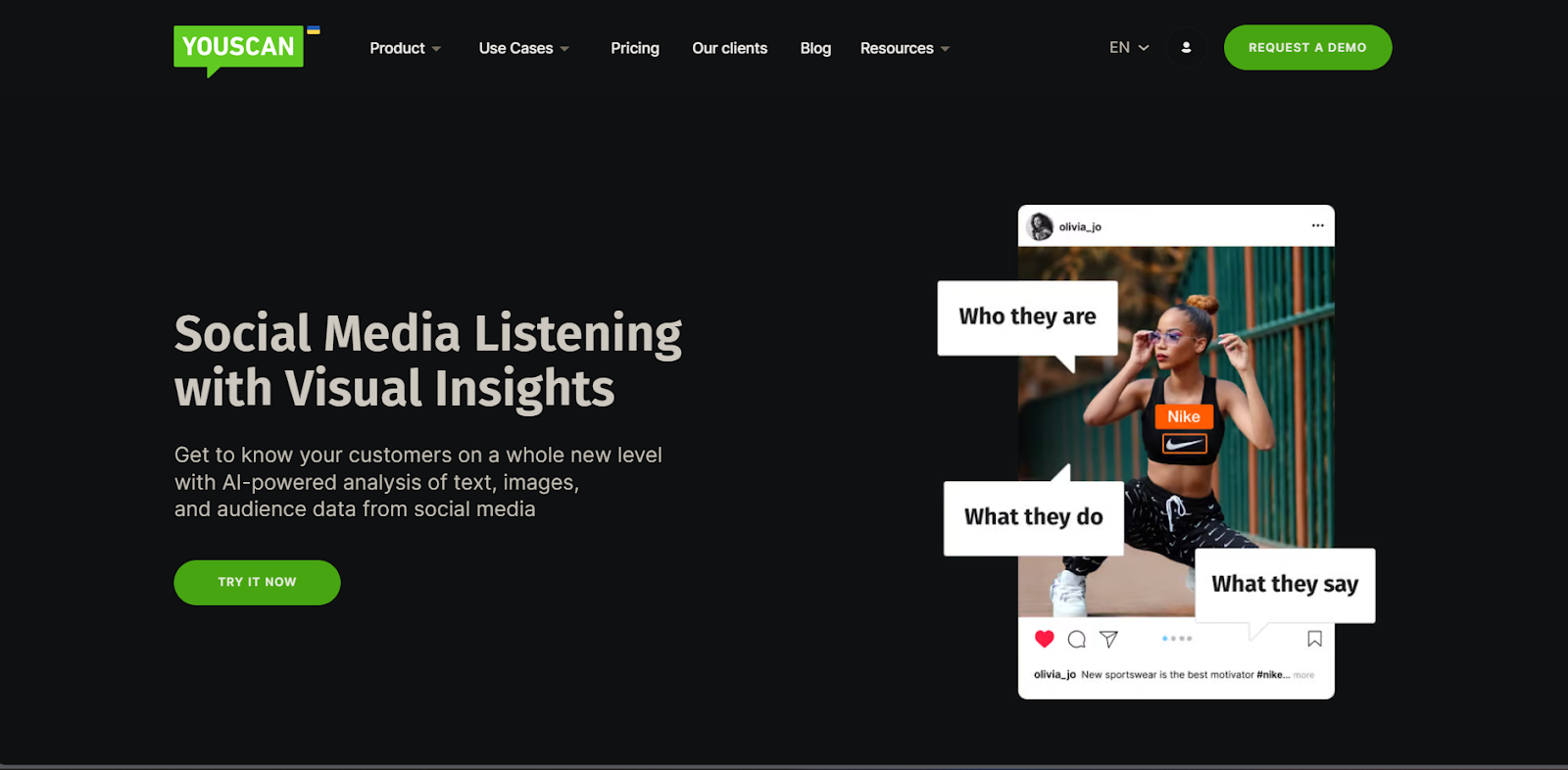
- G2 Rating: 4.8/5
- Price: Plans start at $299/month
YouScan goes beyond basic social listening by using AI to analyze both images and text across social media. This means it can detect brand mentions even in photos, like a logo on a T-shirt or product in use. It helps you find potential leads by surfacing posts and comments that align with your offerings. You also get insights to guide more personalized outreach, along with real-time alerts and detailed reports to monitor trends and sentiment. It’s a powerful tool for spotting engagement opportunities that might otherwise go unnoticed.
Top 3 Lead Generation Tools for Analytics and Reporting
Analyzing and reporting on lead generation efforts allows you to measure performance, identify trends, and make informed decisions to optimize your strategies. The following tools are recognized for their robust analytics and reporting capabilities, helping you track and interpret your lead generation data effectively.
1. Leadfeeder

- G2 Rating: 4.3/5
- Price: Starts at €99/month
Leadfeeder identifies companies visiting your website and provides insights into their behavior. Its analytics dashboard offers data on visitor activity, allowing you to track the effectiveness of your marketing campaigns. It also provides detailed data on visitor actions to evaluate marketing campaign performance.
2. Apollo.io
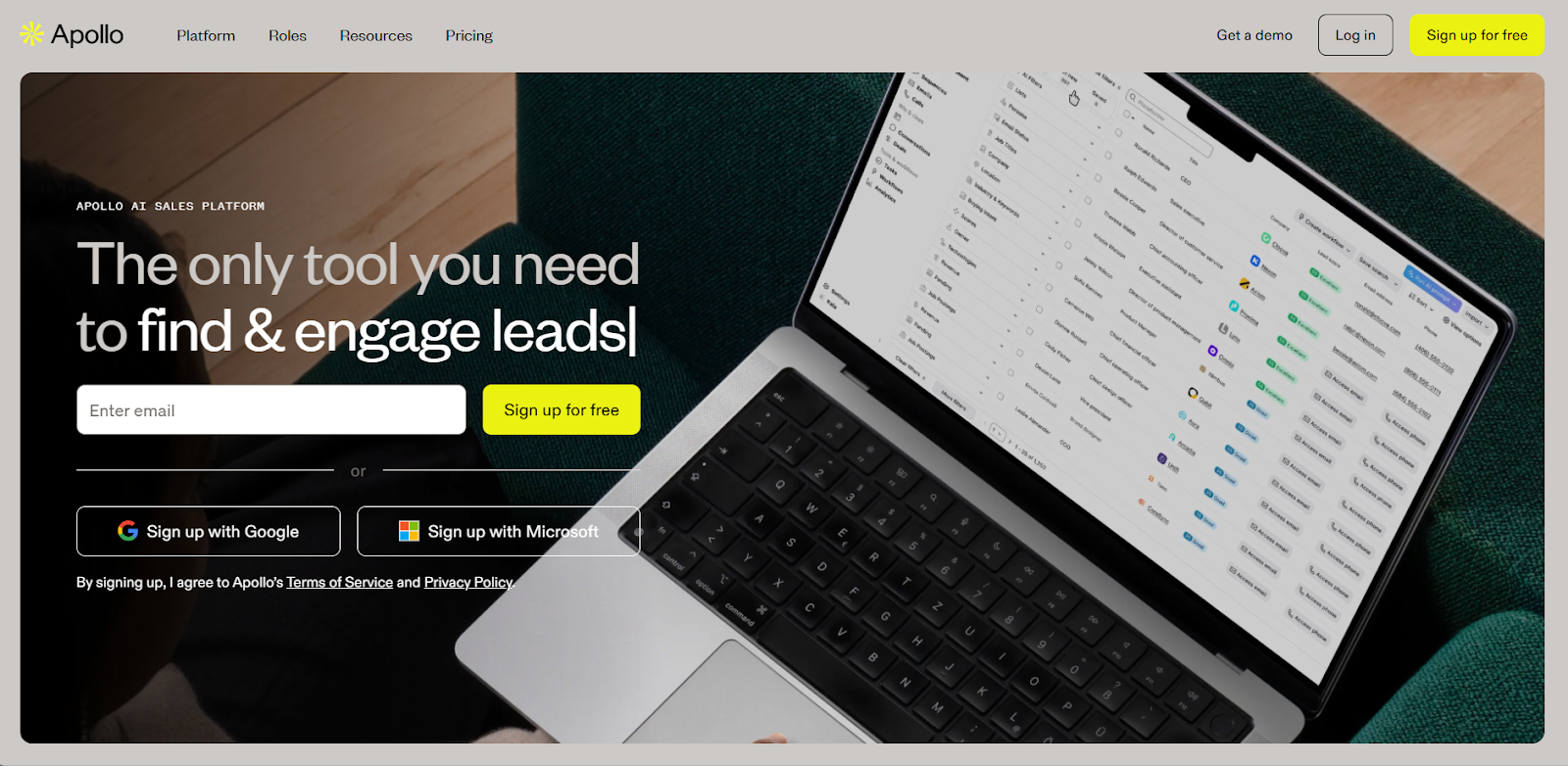
- G2 Rating: 4.7/5
- Price: Starts at $49/month
Apollo.io provides a comprehensive platform for lead generation, offering prospecting, outreach, and analytics tools. Its reporting features include detailed metrics on email performance, call outcomes, and engagement rates, enabling you to assess the effectiveness of your lead-generation campaigns.
3. Clay
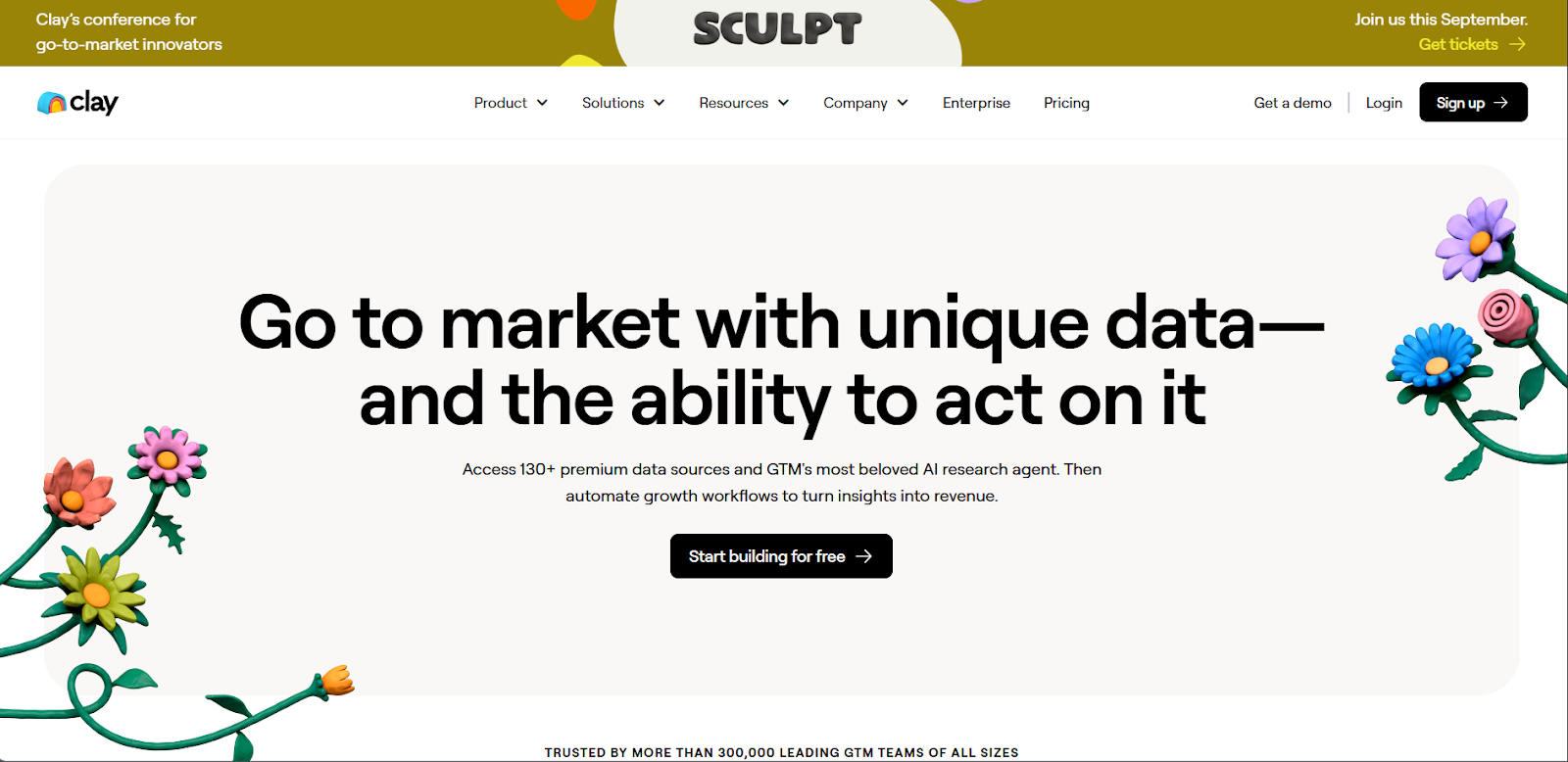
- G2 Rating: 4.9/5
- Price: Starts at $143/month
Clay is an AI-powered platform consolidating data from various sources to provide enriched lead profiles. Its analytics capabilities include tracking lead engagement, scoring, and segmentation, offering insights into the quality and behavior of your leads.
So that was our curated list of lead generation tools. Each one has a purpose, and together, they can support everything from outreach and automation to pipeline visibility. But assembling the right stack, integrating it smoothly, and actually getting results? That’s where most businesses struggle.
What if we told you there’s a simpler way to achieve better results, without managing a dozen different platforms?
A Leading Choice for B2B Lead Generation: The Lead Market (TLM)

- G2 Rating: 5.0/5
- Price: Starts at $600/month
You’ve just seen how many tools exist to support lead generation, form builders, CRMs, outreach platforms, automation systems, analytics dashboards, and more. But the reality is: tools don’t create sales opportunities. People do. And TLM gives you both.
We’re not a software provider or a generic agency either. TLM is a B2B lead generation partner that combines strategy, execution, and the right tech, without forcing you to manage it all.
Instead of buying five different tools and figuring out how they work together, we plug in as your top-of-funnel growth engine. TLM blends services + tools to help businesses generate high-quality, sales-ready leads consistently. We tailor our strategies to your industry, target accounts, and sales goals.
Our Core Services
- Sales Qualified Lead Generation: Reach prospects who match your ideal customer profile, show real buying intent, and are ready for conversations, not just clicks. Every lead passed to your sales team is vetted, prioritized, and relevant.
- Appointment Scheduling Services: Spend more time in meetings that matter. With TLM handling the coordination, your reps get pre-qualified appointments with decision-makers, not time-wasters.
- Email Outreach Services: Launch targeted, personalized, and high-converting email campaigns without the guesswork. You get consistent replies, actionable insights, and scalable outreach without worrying about compliance or deliverability.
- Targeted Campaigning Services: Run hyper-focused campaigns tailored to specific verticals, job roles, or geographies.
- Account-Based Marketing Services: Build stronger relationships with your highest-value accounts. With multicampaign outreach, personalized messaging, and strategic touchpoints, you stay on their radar until they’re ready to engage.
- Demand Generation Services: Warm up leads before your sales team steps in. From content workflows to targeted engagement emails, you build awareness and trust over time, so prospects are ready to talk when it counts.
TLM helps you skip the learning curve and start with pipeline growth. If you’re serious about getting more sales-ready leads without the overhead of managing tools and teams, let’s talk.
FAQs
1. What are the different types of lead generation tools?
Lead generation tools typically fall into categories like contact capture, email outreach, lead management, social media engagement, and analytics. Each type supports a different stage of the lead gen process, from attracting prospects to tracking and converting them.
2. How do I choose the right lead generation tools for my business?
Start by defining your goals, whether it’s capturing more leads, improving outreach, or tracking performance. Then, look for tools that match those needs, integrate well with your workflow, and support your ideal customer profile.
3. Are lead generation tools worth the investment?
Yes, when used correctly. Lead generation tools save time, improve targeting, and increase conversion rates by automating routine tasks and providing better visibility into your pipeline. The key is using them as part of a structured strategy, not in isolation.






